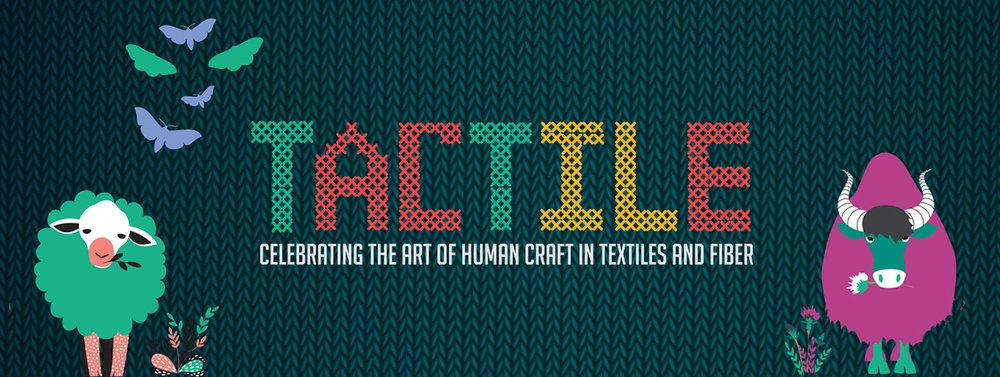On a warm Wednesday morning, Susan Haldeman heads off to nowhere in particular in pursuit of a giant sink.
“She somehow hunted down this weird unicorn of a sink,” said Tess Murdoch, co-owner of New Hue Textile Studio with Haldeman. The sink has nothing to do with New Hue, but is nonetheless important.
Haldeman and Murdoch are two of eight founders behind Textiles West, a burgeoning organization that aims to inspire awareness, participation and appreciation of textile and fiber arts. The sink will take its place among looms, sewing and knitting machines and a dye lab in Textiles West’s new space built for all things fiber.
July 1 will serve as the kickoff of a new Textiles West innovation/maker space in the Manitou Art Center, dubbed the Textiles West Innovation Lab (TWIL). The Blue Hands Festival will prominently feature, indigo dying — unsurprisingly.
TWIL joins the existing Textiles West space at Cottonwood Center for the Arts, which hosts a digital textile printer and a sales area, another dye lab, and space for meetings and lectures. But Textiles West quickly outgrew that location, which prompted the expansion to the MAC.
“We had no idea (Textiles West) would expand so quickly,” Haldeman says. “It’s a really big deal.”

“Tactile,” Textile West’s inaugural event held last October, drew more than triple the amount of expected attendees. “That showed us that there was a definite need for a centralized textile center,” Murdoch says. And since then, things have escalated quickly.
In tandem with the opening of TWIL, Textiles West is continuing and expanding program offerings at both locations to meet another Textiles West goal: teaching young people about textiles and passing along the technical knowledge like weaving and dyeing to a younger generation.
Haldeman says young people aren’t taught fiber skills in school anymore, even though these types of skills can teach self-worth and create value and purpose for kids. Plus, there’s an element of immediate gratification and affirmation with the completion of a textile project.
“If you are passionate about what you share, that makes it relevant,” Murdoch says.
Both Haldeman and Murdoch arrived in Colorado Springs in the past two years. According to Haldeman, the region boasts a large passionate and isolated textile community. The duo wants to create a centralized hub for local textile artist. “Artists want to cross over, and (Textile West) offers them the chance to diversify what they’re doing and meet people,” Murdoch says.
Tactile 2017 will take place this fall, hosting a community project called “Stitching Community Together,” a chance for small groups to create stitched panels to tell a story which Tactile will showcase. The event fits into a broader goal of Textiles West to serve as another space to exchange ideas and stories that bring the community together, and make this art form more recognizable and approachable for everyone.
“We want to share with everybody and tap into the resources of the folks we have,” Murdoch says, “We want Colorado Springs to be a destination to learn (about textiles).”
Originally written by Jonathan Toman of the Cultural Office and published in the Colorado Springs Independent Abstractions section on June 29, 2017.